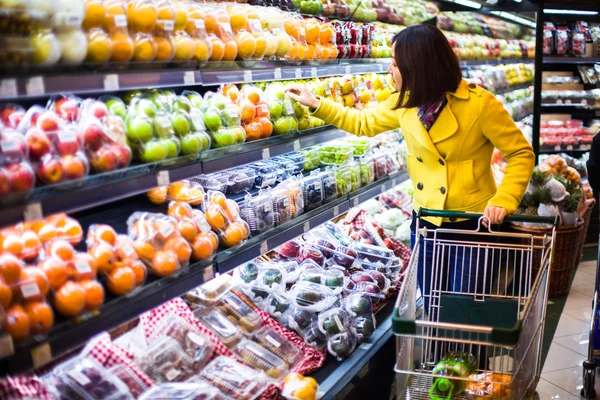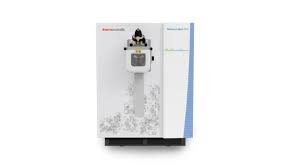Thursday, 13 November 2025
The global food and grocery retail market will reach US$14.6 trillion by 2026
For the food and beverage industry to establish resilient supply chains and ensure regulatory compliance, phased digital transformations built on deeper visibility and advanced analytics is crucial Online grocery revenues…

For the food and beverage industry to establish resilient supply chains and ensure regulatory compliance, phased digital transformations built on deeper visibility and advanced analytics is crucial
Online grocery revenues will surpass US$1 trillion by 2026. But empty shelves, growing food prices, and labor shortages in recent years have highlighted the fragility of global supply chains. Suppliers, distributors, and retailers are turning to digital transformations to cater to a rapidly growing market for end-to-end visibility and operational efficiency. According to global technology intelligence firm ABI Research, Warehouse Management Software (WMS) revenue in the food and beverage industry will reach US$975.2 million globally by 2026. Continued technology adoption will be critical to remain competitive and fulfill growing consumer demand for omnichannel offerings.
“Technology adoption in the food industry has notoriously been low compared to other industries due to the razor-thin margins on food products and the challenge in managing products of different shelf lives and condition requirements. However, it is these very challenges that wide-scale digital transformations can help overcome, as well as help to ensure long-term price competitiveness and consistency in product availability. Accessible and scalable solutions are necessary for companies at each stage of the supply chain to thrive in such a fast-paced market,” explains Ryan Wiggin, Supply Chain Management & Logistics Industry Analyst at ABI Research.
As the volume of food and the number of ways consumers can shop for their groceries increases and the amount of labor available decreases, retailers are turning to software and hardware solutions to alleviate operational constraints. Enabled traceability via Internet of Things (IoT) data-fueled software solutions, such as WMS and Supply Chain Control Towers, are becoming increasingly sophisticated and more accessible. As such, companies can move away from manual tracking and support better operational decision-making with deeper visibility and forecasting. Companies like the Optel Group deliver centralized platforms to harmonize data and stakeholders across the supply chain, allowing companies to manage and react better to events. At the same time, companies like Wiliot offer innovative IoT solutions that can track product location, temperature, and exposure to provide real-time granular data and ensure food safety.
From a hardware angle, handheld devices, mobile computers, and interactive kiosks from companies like Zebra are facilitating retailers’ move into omnichannel offerings to significantly increase worker productivity at both a store and warehouse level. And item picking solutions from robotics firms, such as RightHand Robotics, are helping to automate end-of-line operations to support micro-fulfillment and online order picking. Broader deployments of Autonomous Mobile Robots (AMRs) and Automated Storage & Retrieval Systems (AS/RS) in warehouses continue to grow as functionality and control over the scale of deployments for end users develop.
Technology
Tetra Pak opens Product Development Centre in France
Nov 13, 2025 | Company News
MENU ORDER AI to launch app aimed at GLP-1 users and health-conscious diners
Nov 10, 2025 | Company News
Harnessing Quantum AI for Greener Minds and Healthier Futures
Nov 10, 2025 | Interaction
Food Testing
Intertek acquires Costa Rican testing business Suplilab
Nov 07, 2025 | Company News
Thermo Fisher Scientific launches Orbitrap mass detector for food safety testing
Oct 24, 2025 | Company News
ADM advances quality capabilities with opening of new Central Milling Laboratory
Oct 16, 2025 | Company News
More Popular
Syren Spreads launches spoonable adaptogenic beauty chocolate
Nov 13, 2025 | Company News
Gunpowder Irish Gin expands with new Italian Fig & Laurel Expression
Nov 13, 2025 | Beverages
8 winter foods that transform your skin by healing your gut first
Nov 13, 2025 | Beverages






